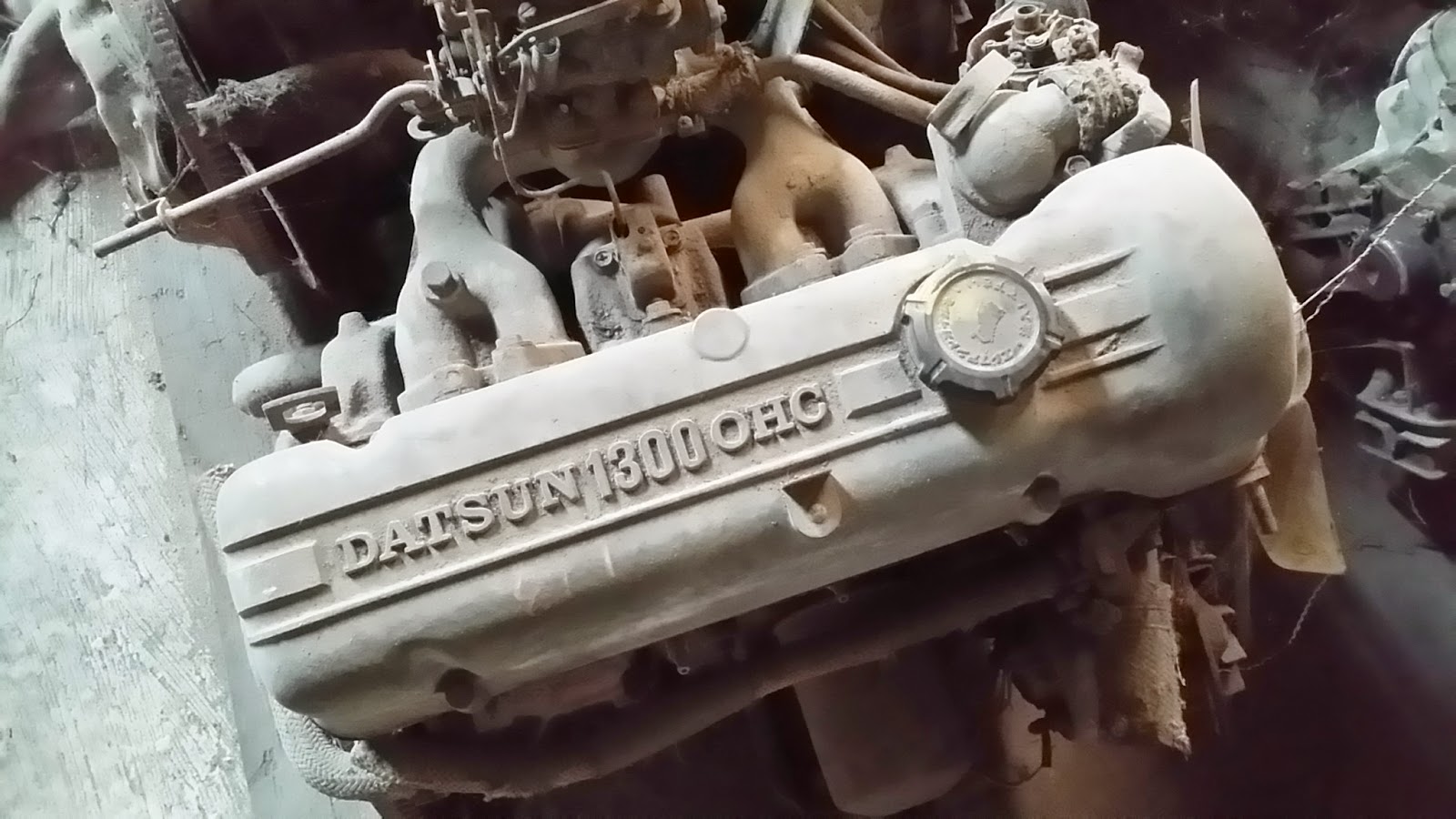According to popular performance books "How to Modify Your Nissan/Datsun OHC Engine by Honsowetz" and "How to Hotrod & Race Your Datsun by Bob Waar" the L18 stock crankshafts should have "more" counterweighting than say the stock L16 crankshaft.
Beware that the info in these two books may not apply to engines fitted to cars destined for other parts of the world or engine made from casting plants in other parts of the world.
 |
| Figure 1 Courtesy of Google Images. Left crank is not fully counterweighted. Right crank has "more" counterweights although some would call it "fully". |
What the books meant was that the extra lump of steel added was not the full taper or pear shaped lumps and therefore called "more" counterweight. The factory option crank of both the L16 and the L18 are said to be "fully" counterweighted meaning eight pieces of tapered or pear shaped lumps of counterweights.
The L20B crank seems to come stock with "more" counterweights also. I have never seen a so called "factory option" crank as described by the books for L-series 4 cylinders engines which are said to be "fully" counterweighted.
 |
| Figure 2 Courtesy of Google Images. Crank regarded to have full counterweights. Each piece similar in shape. This looks like a billet crank. |
However, my newly arrived used L18 engine had a crankshaft similar to the stock L16 crankshaft's counterweights. It was neither "more" nor "fully" counterweighted. There was a total of four lumps instead of eight. Unheard of? This came from a fuel injected engine. I was not so surprised as production differences do occur depending on model and year of production. Perhaps the magical number for an L18 crank to have eight counterweights is the casting number stamped on the crank. It should read A8740. I need to confirm this myself!
My LZ18 competition crank from 1974 only had "more" counterweights :-). I do have a later model LZ18 of which I will recheck the crank to make another post!
My lesson learnt from the last few days. Always open up the crankcase pan to check the crank before buying to be sure. Also my engine had a punctured crankcase and rust had taken over the inside! I was fortunate to be able to return the engine to seller in this instance!


.jpg)
.jpg)
.jpg)














.jpg)
.jpg)
.jpg)
.jpg)
.jpg)
.jpg)
.jpg)
.jpg)
.jpg)
































